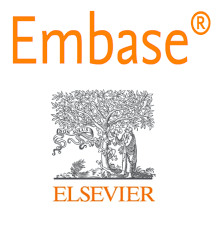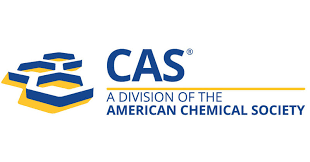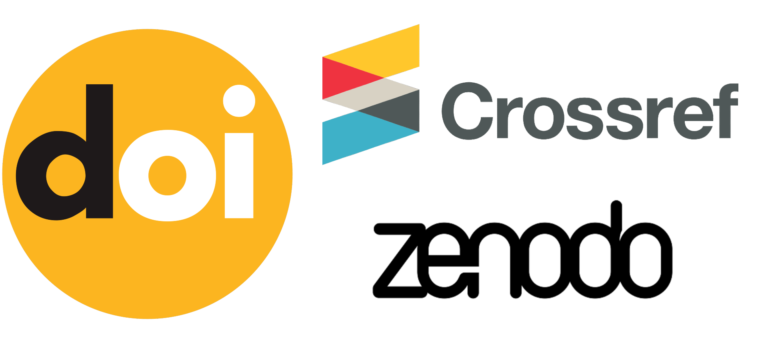Comparison of Propofol vs Ketamine Induction on Intraocular Pressure: A Randomized Clinical Study
Keywords:
Propofol, Ketamine, Intraocular Pressure, Anesthesia Induction, Ophthalmic Safety.Abstract
Background: Anesthetic agents used for induction of anaesthesia influence
intraocular pressure (IOP), a crucial factor in ocular surgeries in conditions like
glaucoma and ocular injuries. While propofol and ketamine are both widely utilized,
they exhibit contrasting effects on IOP, warranting a comparative evaluation[1].
Objective: To assess and compare the effects of propofol and ketamine on IOP
during and after induction of anesthesia and determine the statistical significance of
these changes.
Methods: A prospective, randomized, single-blinded clinical study was conducted on
60 ASA I–II patients undergoing elective non- ophthalmic surgeries. Patients were
allocated to receive either propofol (2 mg/kg) or ketamine (2 mg/kg) as inducing
agents. IOP was measured at baseline, and at 1, 3, and 5 minutes post-induction using
a handheld Schiotz indentation tonometer. Statistical significance was assessed using
paired and unpaired t-tests.
Results: Propofol significantly reduced mean IOP at all post-induction time points (p
< 0.001), whereas ketamine resulted in a mild increase, which was not statistically
significant (p = 0.09). Intergroup differences were statistically significant (p <
0.001).
Conclusion: Propofol significantly reduces IOP following induction, supporting its
use in patients with ocular concerns. Ketamine may increase IOP slightly, though not
significantly, and hence can be used specially in paediatric patients where ketamine
is safer[2].
.png)









